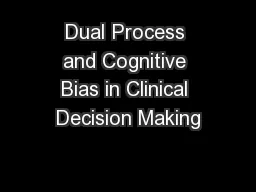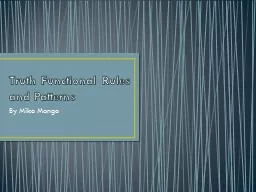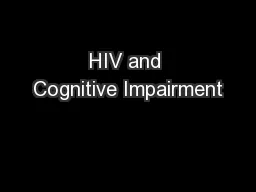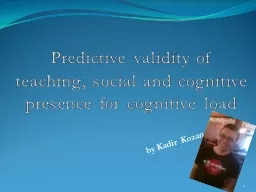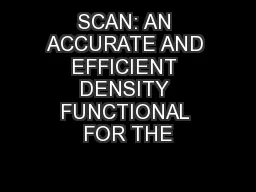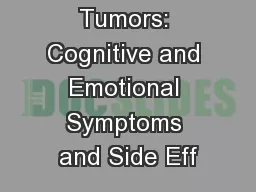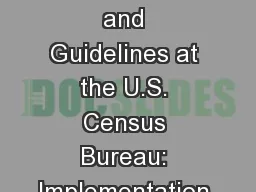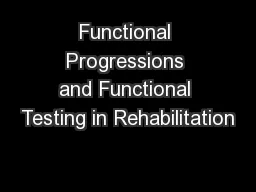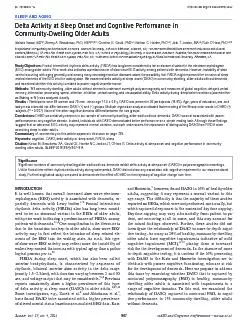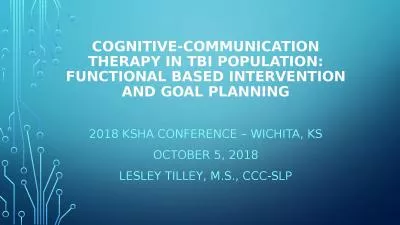PPT-The Cognitive and Functional
Author : danika-pritchard | Published Date : 2017-05-18
Burdens of Diabetes for Older Adults Kathy Stroh MS RD LDN CDE Linda Gottfredson PhD PA AADE Annual Meeting Harrisburg PA April 22 2016 1 Kathy Stroh MS
Presentation Embed Code
Download Presentation
Download Presentation The PPT/PDF document "The Cognitive and Functional" is the property of its rightful owner. Permission is granted to download and print the materials on this website for personal, non-commercial use only, and to display it on your personal computer provided you do not modify the materials and that you retain all copyright notices contained in the materials. By downloading content from our website, you accept the terms of this agreement.
The Cognitive and Functional: Transcript
Download Rules Of Document
"The Cognitive and Functional"The content belongs to its owner. You may download and print it for personal use, without modification, and keep all copyright notices. By downloading, you agree to these terms.
Related Documents


